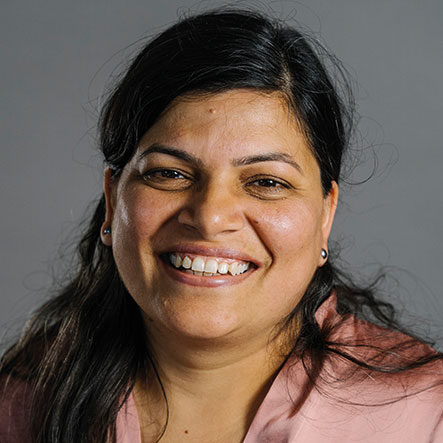The art and science of fundraising
Fundraising for a project is both an art and a science – an articulation of the funding request and a logical explanation of the Theory of Change (how the project would achieve the desired outcomes with the relevant resources, including the financial resources being requested).
It helps to summarise it into a logical structure thus:
Title
Give your project a title that clearly identifies what the project addresses. It should be relevant, specific and the donor should be able to tell whether or not it fits within the scope of their funding priorities.
Summary/cover note
Open with a concise statement of who you are and why you are a credible applicant. State the problem you are addressing, the core of your method and the changes or the outcome that your project, if funded, will achieve. The purpose of the summary statement is to demonstrate that we care about what you care about, are well organised and fully able to deliver this project.
Introduction to your organisation
Establish your credibility by outlining your existence (who you are, what you are, where you operate), your aims and objectives (why you are) and your achievements in a nutshell. Include any awards/recognition/media coverage you have received.
Problem statement
Define the problem you are addressing through root cause analysis and back it up with layers of evidence. Provide national or international evidence of the existence of the problem on a broad scale, regional evidence that covers the areas you work in, and local, specific evidence of the need or opportunity in your area.
Outcomes and methods
Describe a measurable change you aim to achieve and how you will achieve it. Where will you do it? Who will be involved? When do you plan to do it. And how will you go about it? Describe your planned activities and the specific outputs and outcomes to which each activity would correspond.
Evaluation
Explain how will you track the project’s progress and assess the degree to which you have achieved the expected results. Define the quantitative and qualitative indicators for each of your results statements.
Budget
Provide a clear budget in the donor currency, with well-defined, relevant expense heads – a clear indication of the different headings under which you spend money. Link the headings very clearly to the project description and activities. Build some flexibility in the budget for fluctuations in fares, exchange rates and other such variables.
Risk analysis
Complete an analysis of the possible factors within and beyond your control that might affect the project, and your plan to mitigate these risks.
Co-ordination and networking
Explain your relationship with other like-minded organisations including, Civil Society organisations, UN agencies, partner organisations, academic institutes, research bodies and think tanks, and define the associated roles and responsibilities of all the partners.
Future Funding and sustainability
Set out what happens next. Provide an outline of what will happen when the period of funding comes to an end. Indicate continued fundraising routes and other fundraising streams that will back the sustainability of the project.
Applying this structured approach to your fundraising will help you to build your case clearly and thoroughly and make it easy for funders to understand your cause and why they should support it.

Shalini Jain is an international development sector professional with more than a decade of extensive experience in the voluntary sector. She has worked in multi-disciplinary capacities across grant making and grant management, multi-stakeholder partnership development and management, and research, validation and capacity building of civil society organisations.

